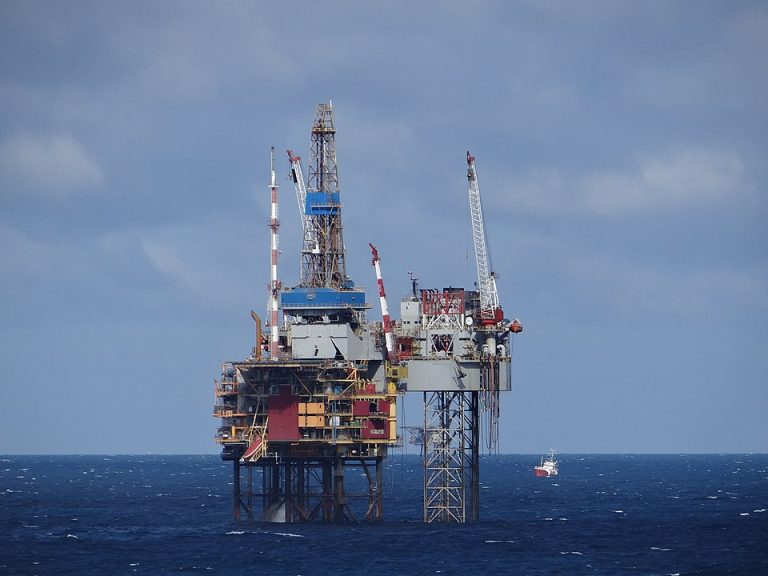When you’re deciding whether to lock in a fixed electricity rate or stay on EPCOR’s floating plan, the numbers tell an interesting story. Using data from January 2024 through July 2025, floating rates averaged about 7.0 ¢/kWh, while EPCOR’s two-year fixed rates hovered between 8.6–9.9 ¢/kWh (averaging 9.1 ¢). The five-year fixed option stayed around 9.79 ¢/kWh.
Floating vs. Fixed: What’s the Difference?
A floating rate changes monthly based on the wholesale electricity market and can move up or down with supply and demand. It offers the potential for savings when market prices are low but exposes you to spikes during periods of high demand or constrained supply. A fixed rate, on the other hand, locks in a specific price per kilowatt-hour for a set term (such as two or five years). This protects you from market volatility, making budgeting easier, but you may pay more when market rates are low.
Floating vs. Fixed: A Cost Comparison
For a household using 1,000 kWh per month, here’s what that means:
| Plan | Average Rate (¢/kWh) | Monthly Cost | Difference vs Floating |
|---|---|---|---|
| Floating | 7.0 | $70.00 | — |
| 2-Year Fixed | 9.1 | $91.00 | +$21.00 |
| 5-Year Fixed | 9.79 | $97.90 | +$27.90 |
That’s an average savings of $20–28 per month with floating. But the story doesn’t end there. Alberta’s electricity market is famously volatile. In January 2024, a winter cold snap pushed floating rates to 19.0 ¢/kWh—that’s a $190 bill versus $121.90 on the fixed plan, erasing several months of savings in one hit.
Why Prices Swing So Much
Several factors shape these rates:
- Weather: Cold snaps or heat waves can strain supply and send prices soaring.
- Natural Gas Prices: Alberta’s power is largely gas-fired; spikes in gas ripple into electricity costs.
- Renewables Growth: More wind and solar can soften prices in mild seasons.
- Market Rules and Outages: Regulatory changes or unexpected generator downtime can create sudden surges.
Forecasting Future Floating Rates
Based on current trends and Alberta Electric System Operator (AESO) supply projections, here’s a probabilistic forecast for the next 12 months:
| Period | Expected Avg (¢/kWh) | 68% Band | 95% Band |
| Fall 2025 | 5.0–7.5 | 4.0–9.0 | 3.5–12.0 |
| Winter 2025–26 | 7.5–10.5 | 6.0–12.5 | 5.0–18.0 |
| Spring 2026 | 5.0–7.0 | 4.0–8.5 | 3.5–11.0 |
| Summer 2026 | 5.5–8.0 | 4.5–9.5 | 4.0–13.0 |
Typical months will likely stay in the 5–8 ¢ range, but winter spikes up to 18 ¢ are not off the table.
How to Decide Which Plan Fits Your Budget
- If Stability Matters: Choose the 2-year fixed rate. It shields you from wild swings and makes budgeting easier, even if you pay more on average.
- If You Can Handle Volatility: Stick with floating. Over time, it has been cheaper, and moderate usage households who can absorb a few expensive winter months could save $200–300 annually.
- Avoid the 5-Year Fixed: Its rate is higher than the two-year fixed and much higher than recent floating averages.
Final Thoughts
Floating rates have saved money over the past year and a half, but Alberta’s unpredictable winters mean risk isn’t going away. Budgeting at 10 ¢/kWh for winter months provides a cushion. If you’re flexible with your energy use or can handle short-term spikes, floating offers the best long-term value. If a single high bill would cause stress, paying a bit more for a fixed plan might be worth the peace of mind.
Disclaimer: This article is for informational purposes only and does not constitute financial or energy advice. Electricity rates can fluctuate, and individual circumstances vary. Always review current EPCOR pricing and consult with a qualified professional or the utility provider before making decisions about electricity plans.


